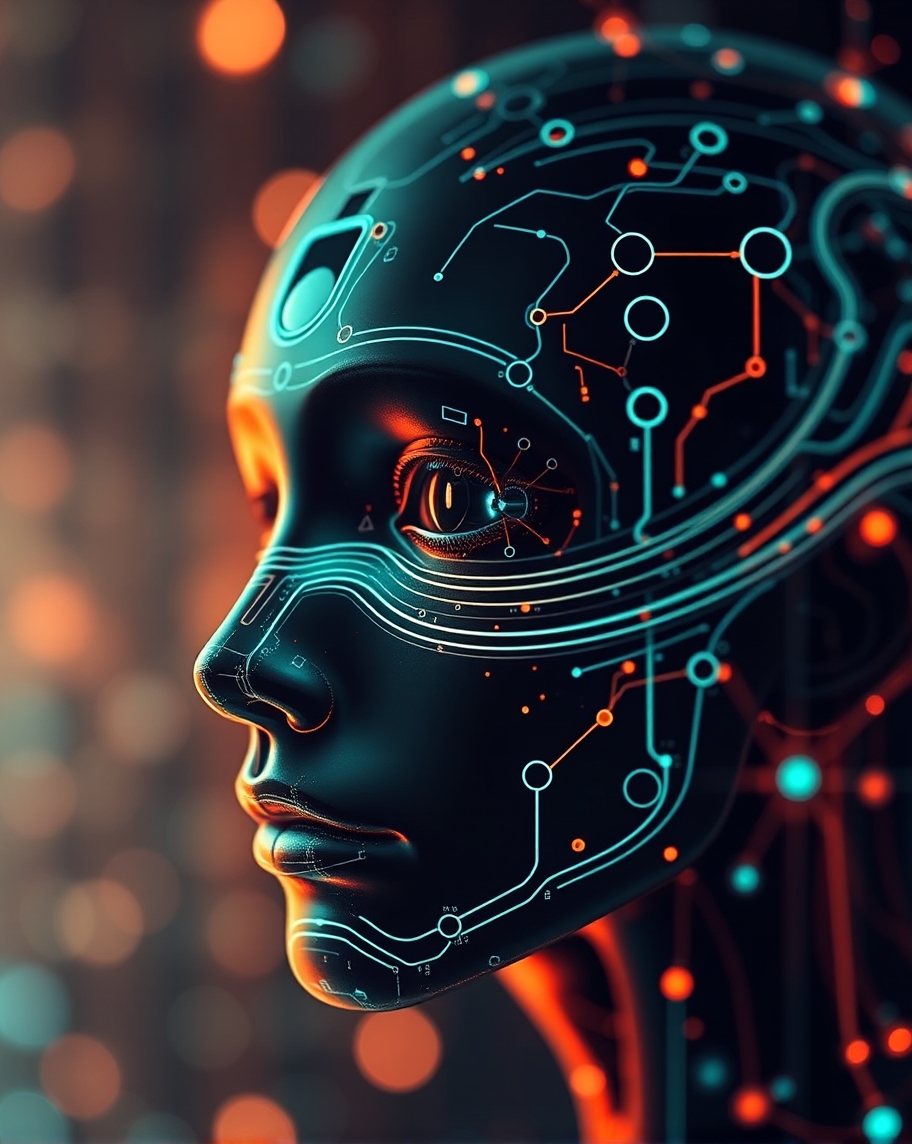Table of Contents
- Introduction
- What Are Low-Code and No-Code AI?
- Why These Technologies Matter Today
- Deep Dive: Low-Code AI
- What Is Low-Code AI?
- Features
- Benefits
- Challenges
- Popular Platforms
- Deep Dive: No-Code AI
- What Is No-Code AI?
- Features
- Benefits
- Challenges
- Popular Platforms
- Low-Code vs. No-Code AI: Key Differences
- Use Cases in the Real World
- Emerging Trends
- Conclusion
1. Introduction
Artificial Intelligence (AI) is transforming how businesses operate, but traditional development often requires significant technical expertise. Enter low-code and no-code AI platforms — innovative solutions that let anyone build AI-powered applications quickly and easily. Whether you’re a tech-savvy developer or a non-technical entrepreneur, these tools unlock new possibilities for productivity and growth.
2. What Are Low-Code and No-Code AI?
- Low-Code AI: Platforms that allow application and AI model development using minimal code. Designed for users who understand some coding but want to save time with drag-and-drop interfaces.
- No-Code AI: Platforms that enable the creation of AI models and applications with zero coding. These are perfect for non-programmers, thanks to intuitive interfaces and prebuilt components.
3. Why These Technologies Matter Today
In the digital age, speed and accessibility are everything. Businesses must respond quickly to market changes without relying solely on IT departments. Low-code and no-code AI democratize development, allowing broader participation, reducing costs, and speeding up innovation.
4. Deep Dive: Low-Code AI
What Is Low-Code AI?
Low-code AI platforms provide visual tools and limited scripting options to build smart applications faster than traditional coding environments.
Key Features
- Drag-and-Drop Builders for rapid interface creation
- APIs & Integrations for seamless data connectivity
- Custom Scripting where additional logic is needed
- Team Collaboration tools for agile workflows
Benefits
- Shorter development cycles
- Reduced dependency on software engineers
- Flexible and scalable solutions
- Easier integration with enterprise systems
Challenges
- Not ideal for highly complex applications
- Some coding still required
- Potential security and compliance issues
Popular Low-Code AI Platforms
- Microsoft Power Apps – Build apps that leverage Microsoft’s AI and data tools
- Appian – Automate workflows with AI-enhanced process management
- OutSystems – Ideal for creating scalable apps in finance, healthcare, and more
5. Deep Dive: No-Code AI
What Is No-Code AI?
No-code AI platforms eliminate the need for any programming, making it easy for business users to design and deploy intelligent applications through simple interfaces.
Key Features
- Template-Based Models for fast prototyping
- Visual Training Tools for custom AI development
- Instant Deployment to web or mobile platforms
- Data Upload and Auto-Training options
Benefits
- 100% accessibility for non-technical users
- Quick proof-of-concept creation
- Cuts down development costs
- Ideal for small businesses and entrepreneurs
Challenges
- Limited customization
- Integration complexity with legacy systems
- Potential concerns around data privacy
Popular No-Code AI Platforms
- Google AutoML – Build custom ML models without writing code
- Bubble – Launch full-featured web apps with built-in AI support
- Lobe (by Microsoft) – Train computer vision models with a click
6. Low-Code vs. No-Code AI: Key Differences
| Criteria | Low-Code AI | No-Code AI |
|---|---|---|
| Coding Skill | Some coding needed | No coding required |
| Customization | High | Limited |
| Complex Projects | Suitable | Less suitable |
| Target Users | Developers, IT teams | Business users, marketers |
| Speed | Fast | Very fast |
7. Real-World Use Cases
Business Process Automation
Streamline repetitive tasks like invoice processing or employee onboarding.
Customer Relationship Management (CRM)
Create intelligent systems that predict customer behavior and personalize experiences.
Predictive Analytics
Forecast trends such as sales, churn, or inventory needs using machine learning models.
Personalized Marketing Campaigns
Develop AI-driven tools to deliver customized offers and content based on user behavior.
8. Future Trends in Low-Code and No-Code AI
- Rise of Citizen Developers: More non-technical staff will contribute to digital transformation.
- Smarter AI Tools: Enhanced natural language processing and auto ML capabilities will expand the scope of these platforms.
- Industry-Specific Platforms: Solutions tailored for sectors like healthcare, education, and logistics are emerging fast.
9. Conclusion
Low-code and no-code AI platforms are game-changers in the modern tech landscape. By reducing technical barriers, they empower a broader range of users to solve problems, build tools, and innovate faster than ever.
Whether you’re aiming to automate a workflow, build an AI-powered chatbot, or develop an intelligent CRM, these platforms offer the tools to make it happen — no advanced programming required.
